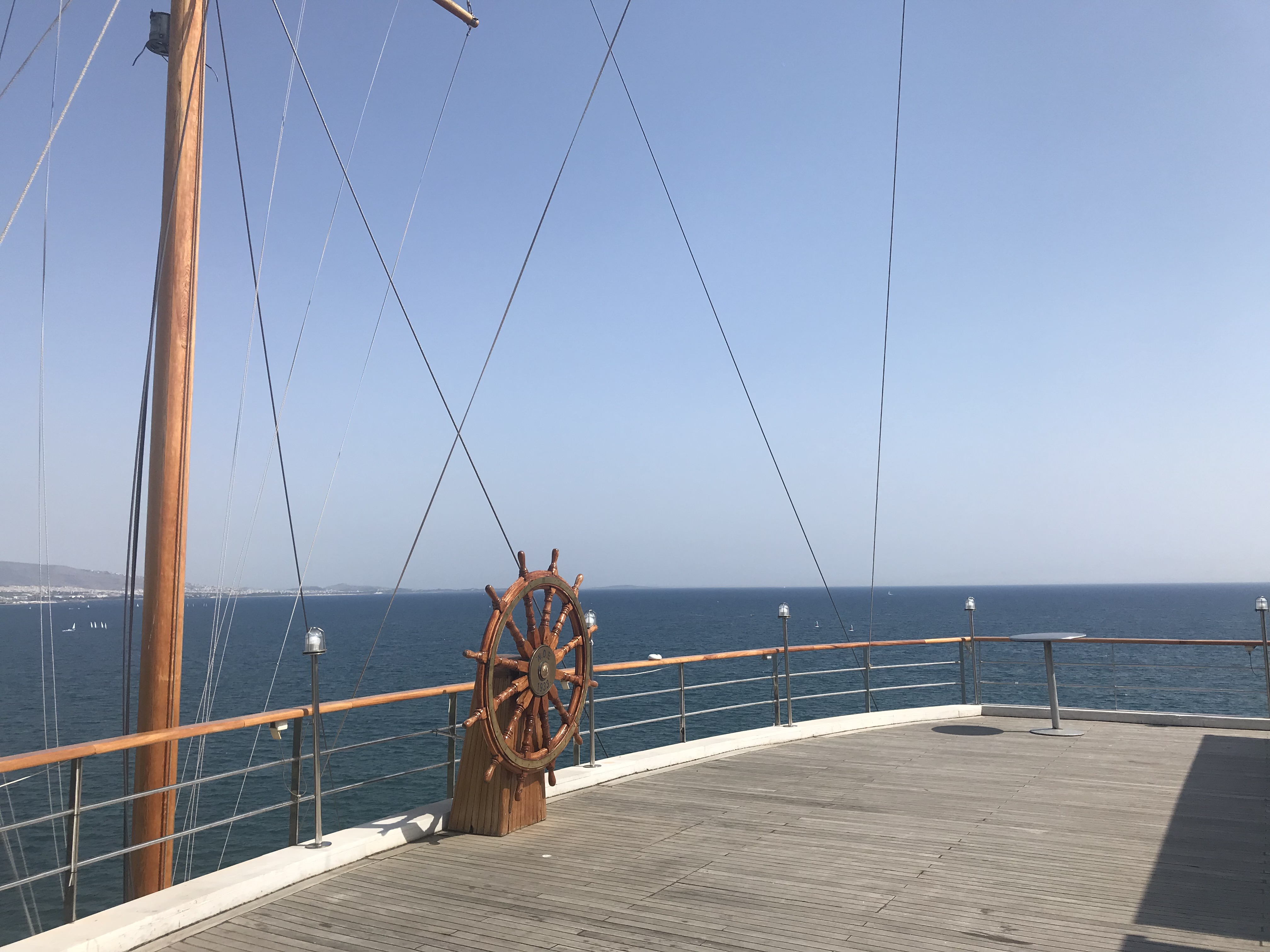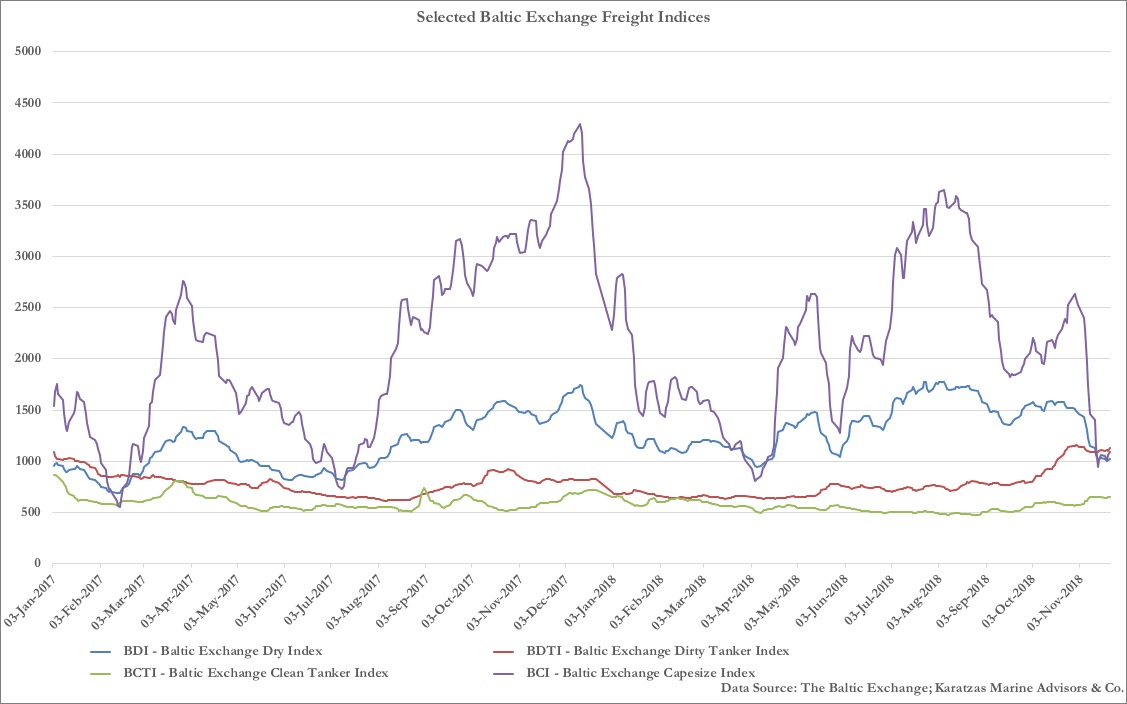A lot has been made of the growth of the Greek merchant fleet in the last couple of years. At a time when freight rates are anemic and shipping finance rather expensive, the world’s fleet growth has slowed down – and thankfully so. However, two merchant fleets stand out, those of Greece and of China – which they have keeping growing faster than the overall market and much faster than any other ‘national’ fleet. Some even would pointedly indicate that the German merchant fleet has shrank materially in the last few years as German banks became more aggressive unfolding ‘KG system’ vessels.
Just because the fleets of Greece (and China) grow, this does not mean that all respective shipowners in these two countries enjoy smooth sailing and are immune to the problems that shadow the international shipping industry, and Greek owners do not lose ships to bank and creditors, too; there are the individual tragedies and vessel arrests and divestments, but as a whole, the Greek fleet keeps growing.
What is that that make Greek shipping so resilient?
Definitely there is no clear and easy answer; more likely, a combination of factors are to be credited for the Greek shipping growth.
In a recent trip to Athens, in a matter of ten days, we have had the opportune chance to attend several corporate receptions and a few conferences and company-hosted seminars and presentations. For all those events, the venues were filled to capacity, which is indicative of the interest of the shipping professionals longing for such events. And, then, at all those events, the level of discussion and information provided were just amazing.
Unlike conferences in other locations that adopt a platform of regurgitating corporate press releases or speakers ‘talking their book’ and insisting presenting an artificially rosy picture of the industry, the events and conferences we attended in Greece were information- and data-driven, open to debate after the presentations, and taking a holistic approach to shipping and the need for transport, rather than being narrow-focused. We actually heard questions on the viability of modern ships and whether it’s worth replacing whole fleets on the basis on better fuel or technological options.
We are not jingoistic or nationalistic to the extent of dreaming of perfection in the Greek shipping market. There are less than stellar conferences and, and yes, people in conferences in Greece are known to pat themselves a bit on the back for the historic performance of the Greek shipping.
On the other hand, there have been so many events and presentations and conference, so much market information and intelligence, so much cross-pollination of ideas and suggestions, that a visit to Piraeus is always guaranteed to bring a shipping professional up to speed with the critical topics, hot markets, and prevailing ideas. From people with an institutional knowledge of the shipping industry, to studied Ph.D.’s and other types of eggheads to the lowly shipbrokers and traders, good quality information on both granular and macro-level is traded in a furious table-tennis fashion. We are talking about ‘primary’ information from actual transactions and deal-making, to technical information on currently discussed regulations to ‘out of the box’ business structures, that is a school on its own.
We tend to travel a lot, and attend, and present, and even host conferences worldwide, and we really enjoy it immensely, and we always get richer from business traveling and conferences; the quality and richness, however, of shipping market information that can be found on Akti Miaouli and Piraeus and wherebeaouts is just unique to Greek shipping. A trip to Piraeus is always an enjoyable crash course to catch up on business. From the famous Greek song ‘The Young Men (Children) of Piraeus’ made famous by Melina Merkouri, the lyrics come to mind: ‘However I searched, I haven’t found another harbour, to make me infatuated, as Piraeus’; the lyrics are more about love than shipping, but the simile is right on target.
Once again, it’s hard to pinpoint the resilience, and some may say success, of the Greek shipping to any factor; on the other hand, the quality of the information shipping professionals in Greece got on their hands is just amazing and rejuvenating; and, even in a slow season and a weak market, corporate events and presentations and parties and conferences keep a professional’s calendar booked beyond business hours.
If information is power (and consequently money), our recent experience in Greece may be indicative of the strength and the prospects of this unique market.
Go to Piraeus, young (shipping) man!
———————————————————————————————————
THIS IS THE LAST POSTING ON THIS BLOG; EFFECTIVE IMMEDIATELY, NEW POSTINGS WILL APPEAR ON KARATZAS AUCTIONS – PLEASE FEEL TO FOLLOW US THERE!
———————————————————————————————————

© 2013 – present Basil M Karatzas & Karatzas Marine Advisors & Co. All Rights Reserved.
IMPORTANT DISCLAIMER: Access to this blog signifies the reader’s irrevocable acceptance of this disclaimer. No part of this blog can be reproduced by any means and under any circumstances, whatsoever, in whole or in part, without proper attribution or the consent of the copyright and trademark holders of this website. Whilst every effort has been made to ensure that information here within has been received from sources believed to be reliable and such information is believed to be accurate at the time of publishing, no warranties or assurances whatsoever are made in reference to accuracy or completeness of said information, and no liability whatsoever will be accepted for taking or failing to take any action upon any information contained in any part of this website. Thank you for the consideration.












